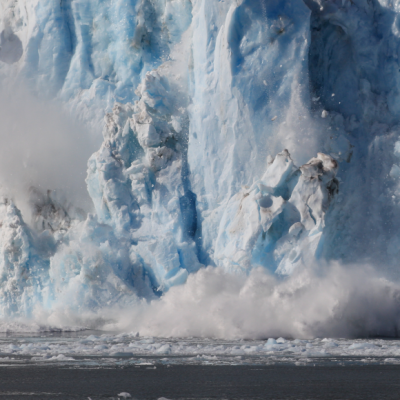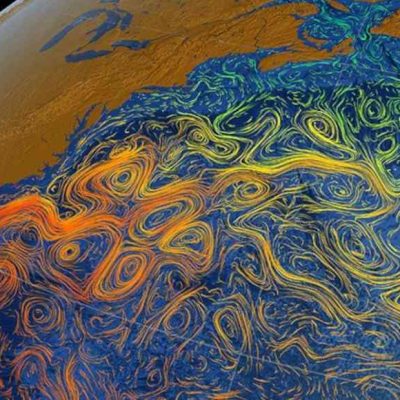For millennia, sailors have observed a mysterious effect on the oceans: ships suddenly slow down without any apparent reason and then move forward very slowly and unevenly. Now, researchers have finally solved the mystery and explained the so-called dead water effect. The dead water is not a sailor’s tale, but a real phenomenon that has been known for thousands of years and occurs in oceans all over the world. However, until now, science has not been able to explain the effect, in which ships are suddenly slowed down from full speed and then move forward very slowly and unevenly. French researchers have finally solved the mystery of the dead water effect and explained the phenomenon in detail.
The dead water effect occurs when water with different densities collide. This can happen, for example, when water has different salt content or different temperatures. The water with lower density then pushes over the water with higher density. When a ship crosses this boundary layer, a wave is created at the bow of the ship, which sticks to the ship and slows it down significantly. However, until now, it was not known why the ship stutters during the journey, sometimes speeding up and then slowing down again.
To fully explain the dead water effect, scientists from the University of Poitiers in France conducted experiments with a model boat. The boat sailed in a water tank with water of different densities, which the scientists colored to be able to trace the water’s movements later on the computer. The computer analysis revealed a surprise: not only does a wave form at the bow of the ship, but a hidden second wave also forms. This creates waves and troughs in front of the ship, which slow it down and then speed it up again. This is followed by the well-known braking effect of the stern wave, which significantly reduces the ship’s speed. The researchers report in the journal PNAS that the dead water effect occurs relatively frequently in narrow straits, where the so-called bump waves are particularly noticeable.
In conclusion, the dead water effect has been a mystery for thousands of years, but French researchers have finally solved it. The phenomenon occurs when water with different densities collide, and a wave is created at the bow of the ship, which slows it down significantly. The researchers discovered that a hidden second wave also forms, creating waves and troughs in front of the ship, which slow it down and then speed it up again. The dead water effect occurs relatively frequently in narrow straits, where the bump waves are particularly noticeable.










